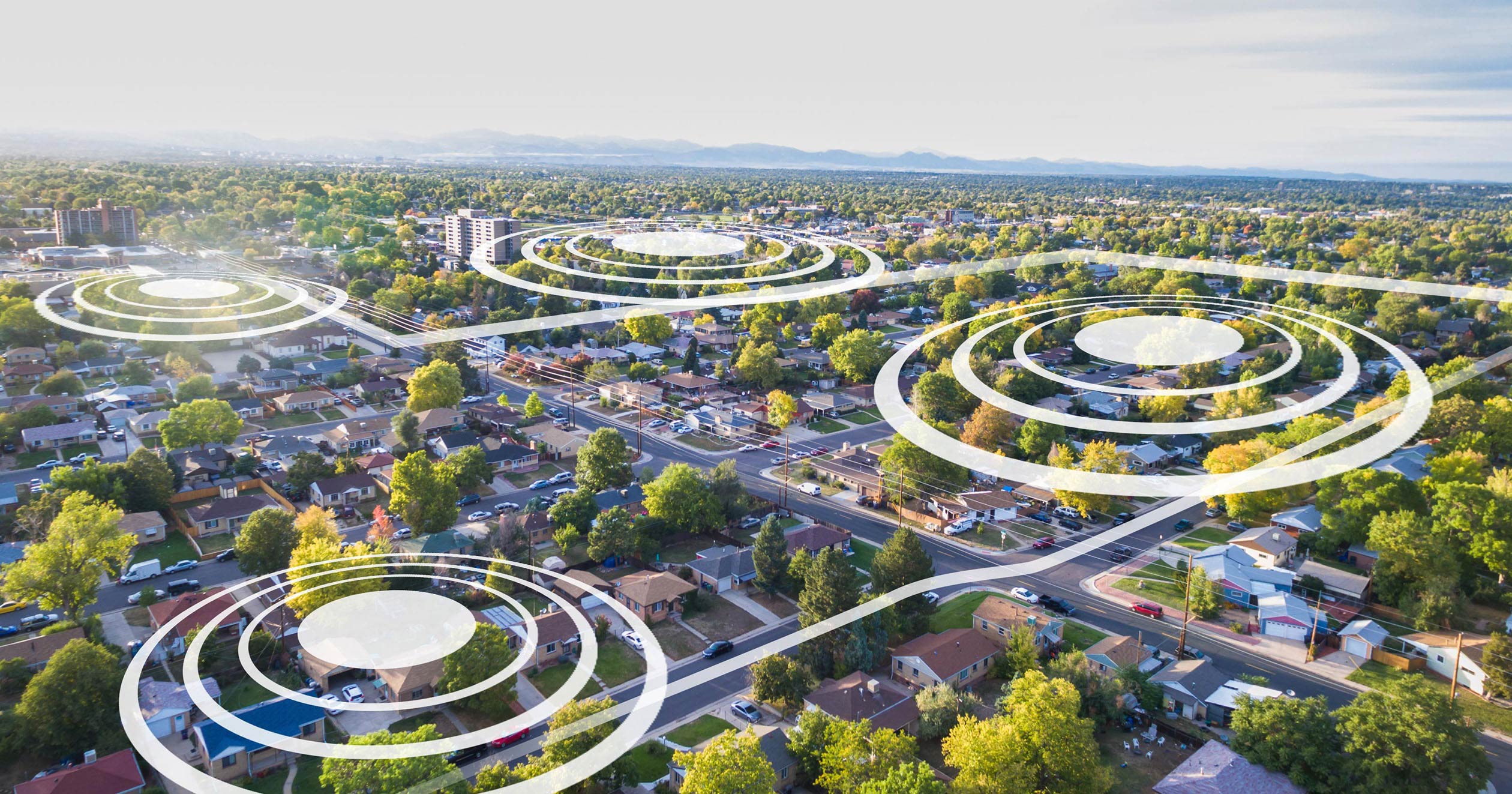Dynamic Route Optimization: A ‘Must Have’ In Today’s Delivery Environment
As I sit in the dark pondering what to write for this Talking Logistics post, working off the last of my laptop’s battery power after one of the biggest ice storms in the city’s history, I begin to wonder: At what point did route planning become so complex?
As I sit in the dark pondering what to write for this Talking Logistics post, working off the last of my laptop’s battery power after one of the biggest ice storms in the city’s history, I begin to wonder: At what point did route planning become so complex?
My local utility company has deployed field service crews who will be working for 1-2 weeks trying to restore power to hundreds of thousands of customers like me. My newspaper wasn’t delivered this weekend. The Amazon deliveries that were supposed to be here Saturday and Sunday haven’t arrived yet; they will need to be re-routed too.
The three trucks that pick up my trash, recycling, and compost won’t be driving by today. There was a message on the company’s Facebook page telling me not to put out my containers.
And I’m wondering if the streets will be passable enough tomorrow so I can get my delivery from the local milkman (Yes, I have a milkman, and yes, his route is optimized by our solution too).
What a Difference a Year Makes: 2019 to 2020
Adaptation and the ability to make changes quickly were the keys to surviving 2020. From 2019 to 2020, one of our major parcel delivery clients saw a 53% increase in total deliveries in the same area. While the number of routes increased by 24%, this client was also able to increase the number of deliveries per route significantly (23%). Better route planning resulted in greater efficiency throughout their fleet.
In addition to growth, other changes are occurring. Absenteeism is up significantly within the U.S. Postal Service. According to a CNN report, absenteeism jumped from an average of 8,000 per day in early November to an average of 18,750 daily immediately following Thanksgiving. Several of the major waste haulers we work with say this has become a major problem.
Dynamic Routing Is Finally Replacing Static Route Plans
Route planning used to be static. Twenty-five years ago, when I visited my first client to help them implement a route optimization solution, we sat down at a Windows 3.1 computer and set up the same static routes they ran every day of the week so they could see them on a map. There was no chance I could convince them to switch to a dynamic routing solution that would help them solve the problem more efficiently. Dynamic routing was too slow back then – it took hours to process a routing solution that only had a dozen routes with a few hundred stops. The algorithms were quite crude and required lots of manual changes.
Fast forward to today: Major changes happen daily and clients need to react immediately. These aren’t small changes: Big storms. Pandemics. Shifting consumer behaviors and exponential increases in e-commerce.
Every day is different and brings new challenges. The old static route books need to be thrown away. Our clients now depend on fast, efficient, accurate route plans that are optimized in seconds, not minutes or hours. They need route plans that come out right the first time.
Speed and Accuracy: Making Dynamic Routing Viable
In December 2020, our local delivery clients optimized 2.2 million routes and made more than 200 million deliveries. That means an average of one delivery route was being optimized every 1.2 seconds during the entire month of December.
Newspaper clients use dynamic routing every night to manage eight million deliveries and 40,000 routes. They are able to manage adjustments for circulation changes, growing absenteeism, and carrier turnover. This would be impossible with an entirely static route plan.
Routing algorithms have made great strides over the years thanks to ongoing investments in R&D. Turn penalties by street class, right-side route planning, and other enhancements are based on decades of feedback from our clients. Sweating these details is important to producing routes that are efficient and usable each time.
Technology partnerships are also important for success, particularly with providers of CRM, GIS, street data, and telematics. For example, incorporating historical traffic data into routing solutions makes their output more accurate and viable.
In 2020, we teamed up with our longtime partner, HERE, to offer our Route2theRescue program, set up specifically to help our clients and the communities they serve by offering our technologies at no additional cost.

Looking to the Future
Adapting to change will be critical to the success of every organization that needs to hit the streets. Companies of all sizes must run at maximum efficiency and need to build for the future. Using dynamic routing technology and leveraging the experience and expertise of your technology partners will help your company grow and compete in 2021 and beyond.
Ready to get started.
Get in touch with us.
Contact Us




